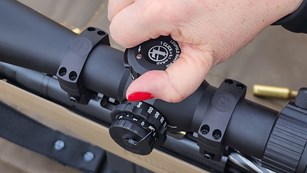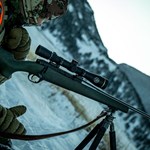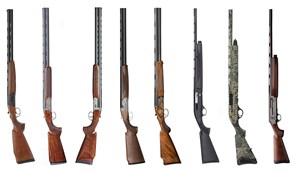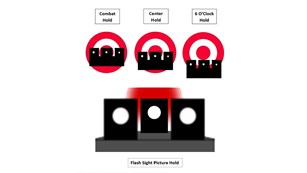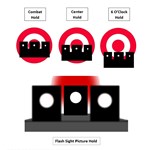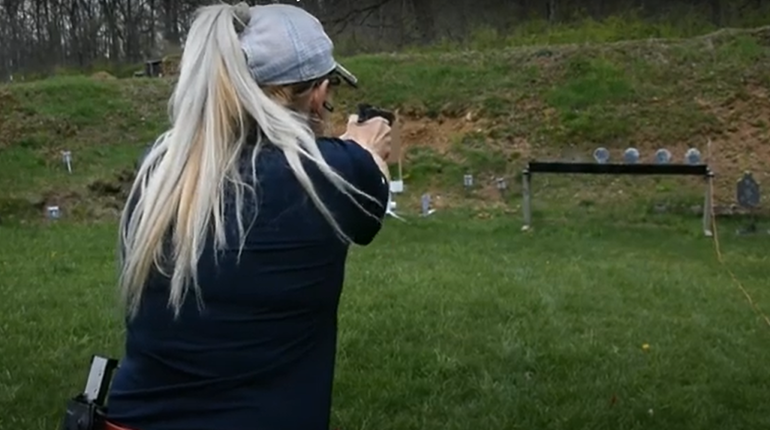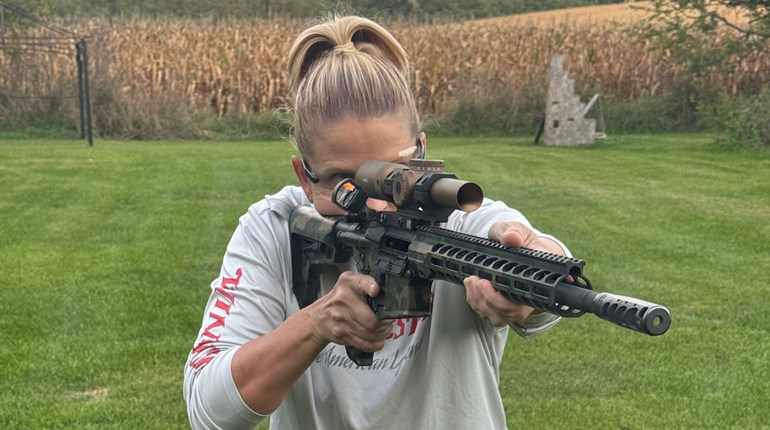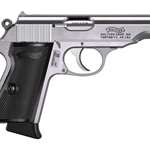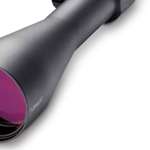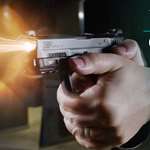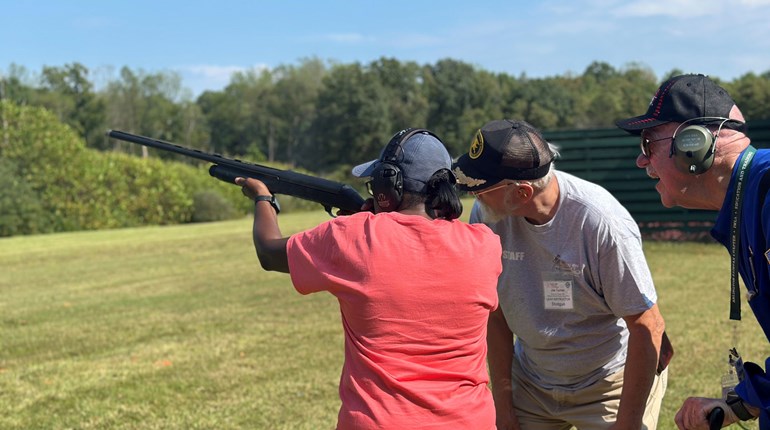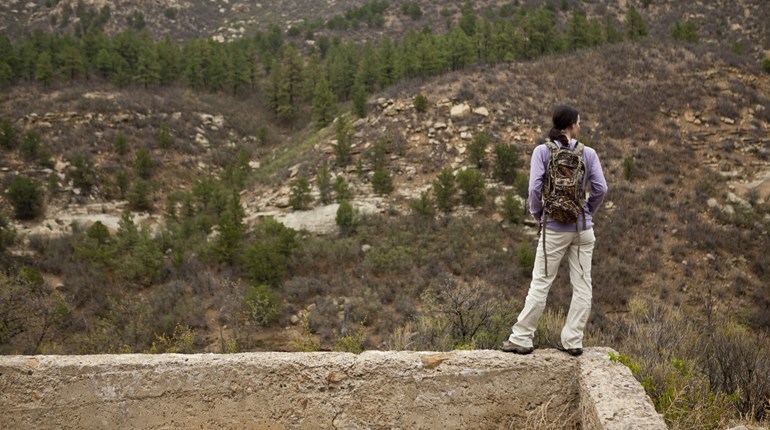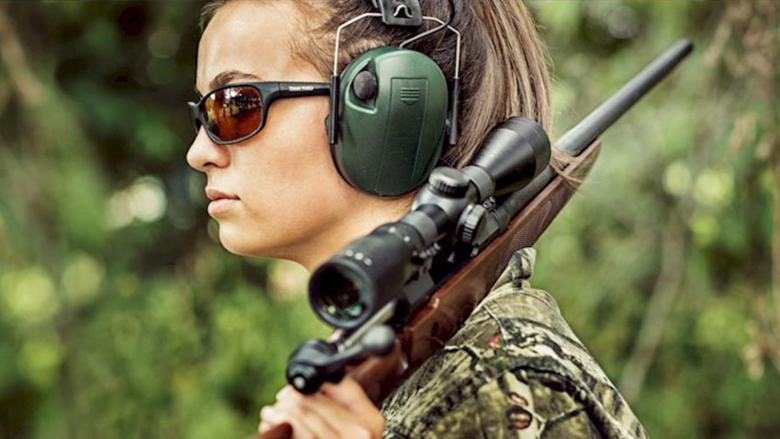
Dexterity when engaging in any activity that involves fine motor skills is important. Dexterity while using firearms is not just important, it’s integral to their safe use and manipulation. Here are a few strategies to maintain dexterity when it’s cold outside.
Warm Things Up
Just like your car, a firearm is more enjoyable to operate when it’s warm. Most people don’t like sitting in an ice-cold car in winter, and holding an ice-cold gun is equally unappealing. If you are going to be outdoor shooting, make sure that your firearms are not cold.
After the first magazine runs through your gun, you will have less to worry about. But if you are on a big hunt or at an important competition, your gun’s cycling from a cold start can be a concern. (I’m not talking about days where it’s just chilly; I’m talking about those cold mornings where your hunt might have you out before sun-up in single digit temperatures, or where your competition gun might not want to cycle minor power factor reloads.)
Either leave your firearms indoors or in your vehicle until you are ready to shoot them, or leave them in their case, possibly with a couple of disposable handwarmers placed against the action.
Cold guns are not just cold on your hands, the cold lowers your dexterity in manipulating the gun, and the cold can play a role in malfunctions. The cold can make the grease or oil on your gun “sticky.” Perhaps not very much, but at extreme temperatures, it could slow down cycling enough to induce malfunctions.
Ammo can also benefit from being warm. This is mostly true for rounds like .22 rimfire, which sometimes can have some waxy lube on it that will feel sticky in the cold.
And just like your gun cycles better warmed up, your hands will also “cycle” better if they’re not cold. Pack gloves for winter range days. Add mittens to go over the gloves, spare gloves in case you get wet…some competitors will invest in a football-style heated hand-warmer. Some will use ultra-thin tactical gloves that they keep on all day under other gloves or mittens. Find what works best for you.
Pro tip: if you have a place to set your guns to keep them warm, use it! For us, that’s inside, near our woodstove until we are ready to shoot. If you are outdoors, inside the back of an SUV with the heater vent open nearby is another place they can stay warm. *Note: this is dependent on your range rules and should only be done with empty firearms.

Take a Break
If you're having difficulty manipulating your firearm (loading, changing mags, etc.) consider stopping to warm up. Safety is always the goal and we often hear of accidents happening when people can’t feel their fingers properly. This is no joke!
Using a firearm that’s been sitting the cold also will “suck” the heat out of your hands. The conduction of cold from the metal into your hands and vice versa is going to happen. Taking a break means you warm your gear up so that it’s not making your hands as cold.
Watch your Layers
While we want to dress in layers for the cold, layers can add an element of danger to shooting firearms, especially pistols. There are cases of people using a pistol and holster while wearing a jacket, sweatshirt, or extra layer, and it’s been caught in the holster or between some part of their gear. We need to ensure that whatever we run for a holster is not prone to having any issues with our cold weather clothing.
Test out your holster with gloves and extra layers. Literally put on what you plan to wear and dry fire—work out any bugs in the setup and make sure that you have layers tucked in near your waist so that they cannot impede your holster or get stuck in it (pay attention to both the draw and reholstering).
Use extra caution on your draw while wearing layers and gloves. Perform your draw in a prudent timeline. This means, while we might get a 1.2 second draw from a race holster without wearing gloves and jackets, our expectations in the cold should be different. We anticipate that we will perform the draw slower, ensuring that we are not getting caught in clothing.
Maintain all your Senses
It’s not just dexterity of hands that we need to consider in the cold. With hats, hoods, ear pro, eye pro and maybe even standing under a canopy or under an overhang, we will lose some percentage of our vision and hearing “dexterity.”
I wear inside-the-ear hearing protection in summer, because I don’t want the extra heat of over ear hearing protection. But in winter, I double up to keep my ears warmer. This means I hear less and need to me more visually observant.
Take time to make sure you see what’s going on around you, especially with hoods or winter hats. And especially at public ranges. Don’t get complacent about your safety because you are bundled up against the cold or wind and miss that someone said they’re ready to go hot again after resetting targets.
With extra gear for cold weather, we are slower in what we can see, hear and how we move. Check on your range partners, watch carefully what’s going on around you, and just take a little extra time to keep warm and capable.
It’s possible to get work done on the range, even serious training, when it’s cold. I’ve worked down in the single digits to sub-zero temps. But I have much shorter sessions. I warm myself and my guns up before I head outside. I prep magazines and do all the things I can do inside before I head outside. And I accept that safety is the most important goal and to ensure that, I might have to spend a little more time and mental effort to accomplish the same things I do when it’s 70 degrees in summer.
Winter doesn’t mean a stop to range days, and with a little planning and structure, you can still get a lot of reps and get rounds downrange.
More tips from a Northerner:
- Use heat patches, on your thighs or upper back to keep your circulation active on areas exposed to cold.
- Invest in a heated jacket, gloves or hat.
- Add hand warmers to the back of your hands, where the circulating blood is.
- If you’re outside standing in the cold or teaching a class, build in movement to keep warm.
